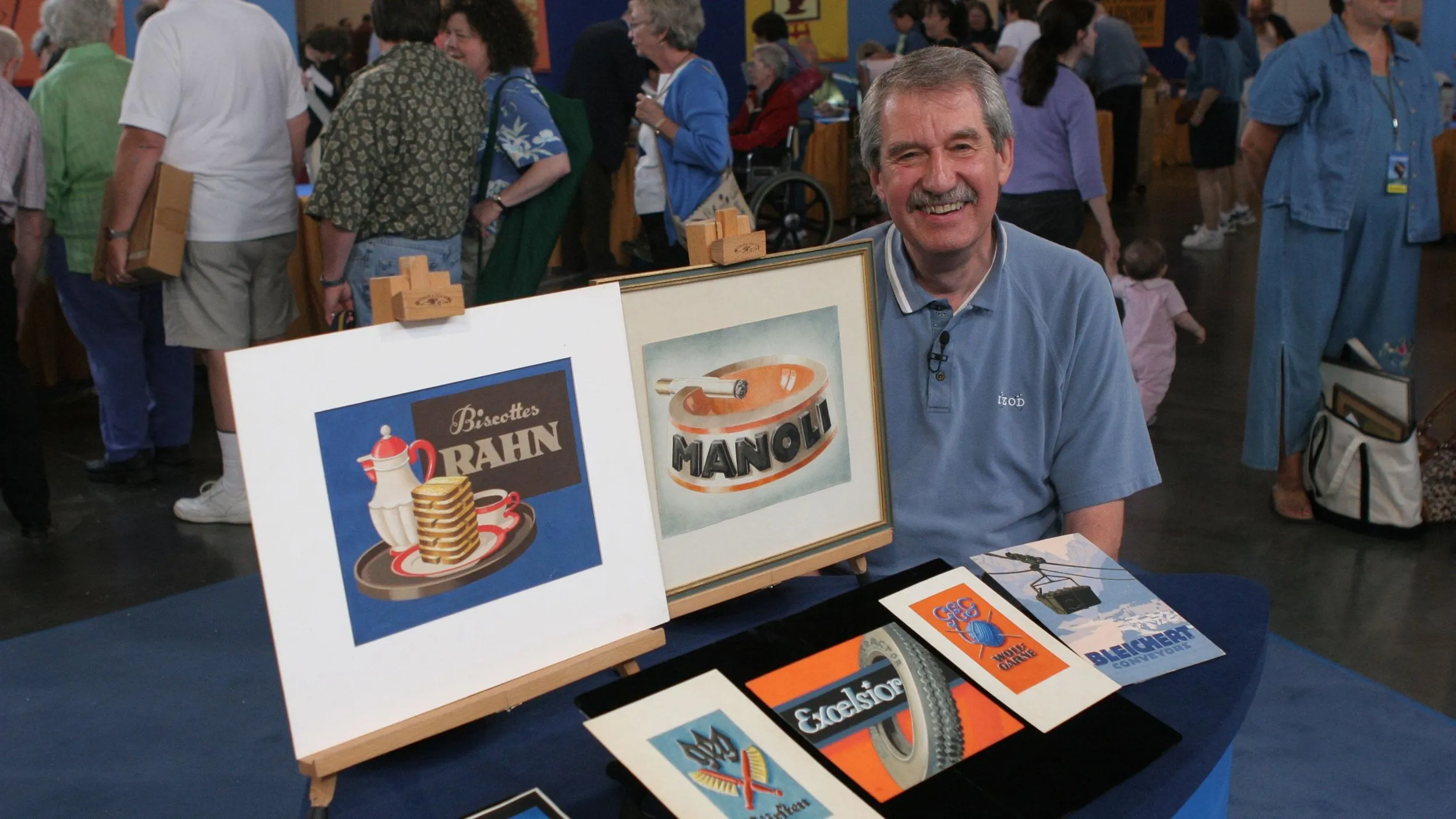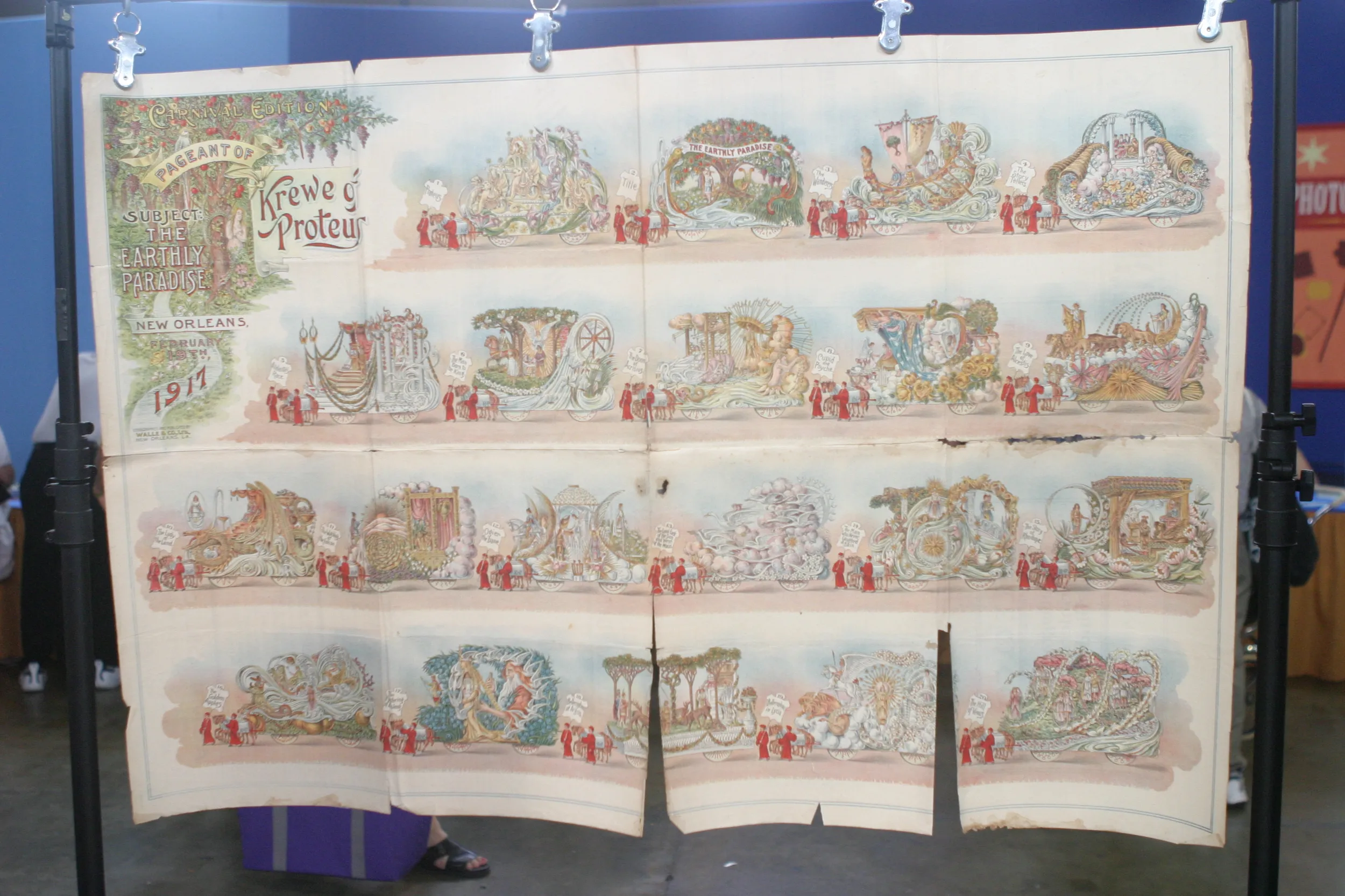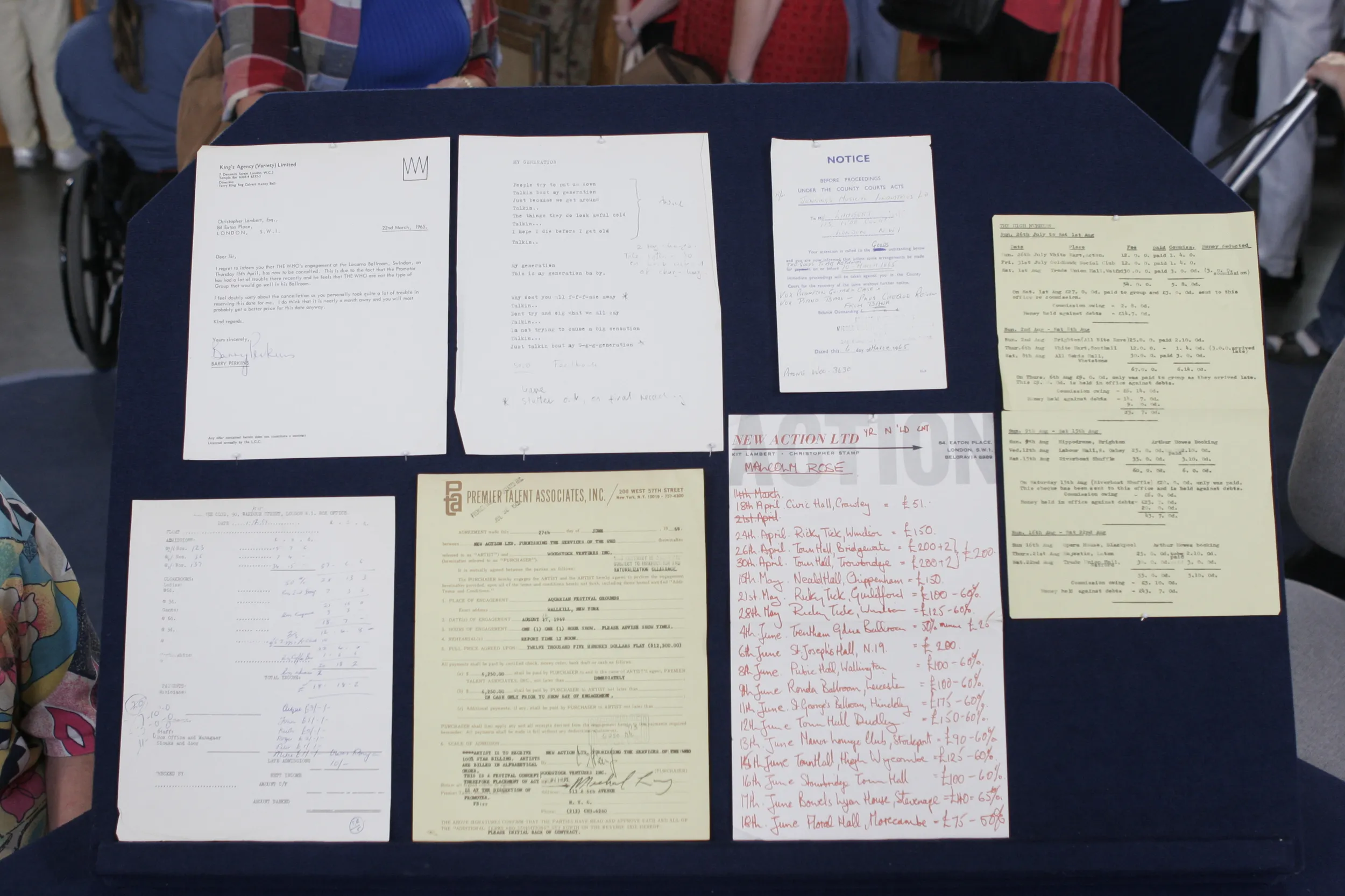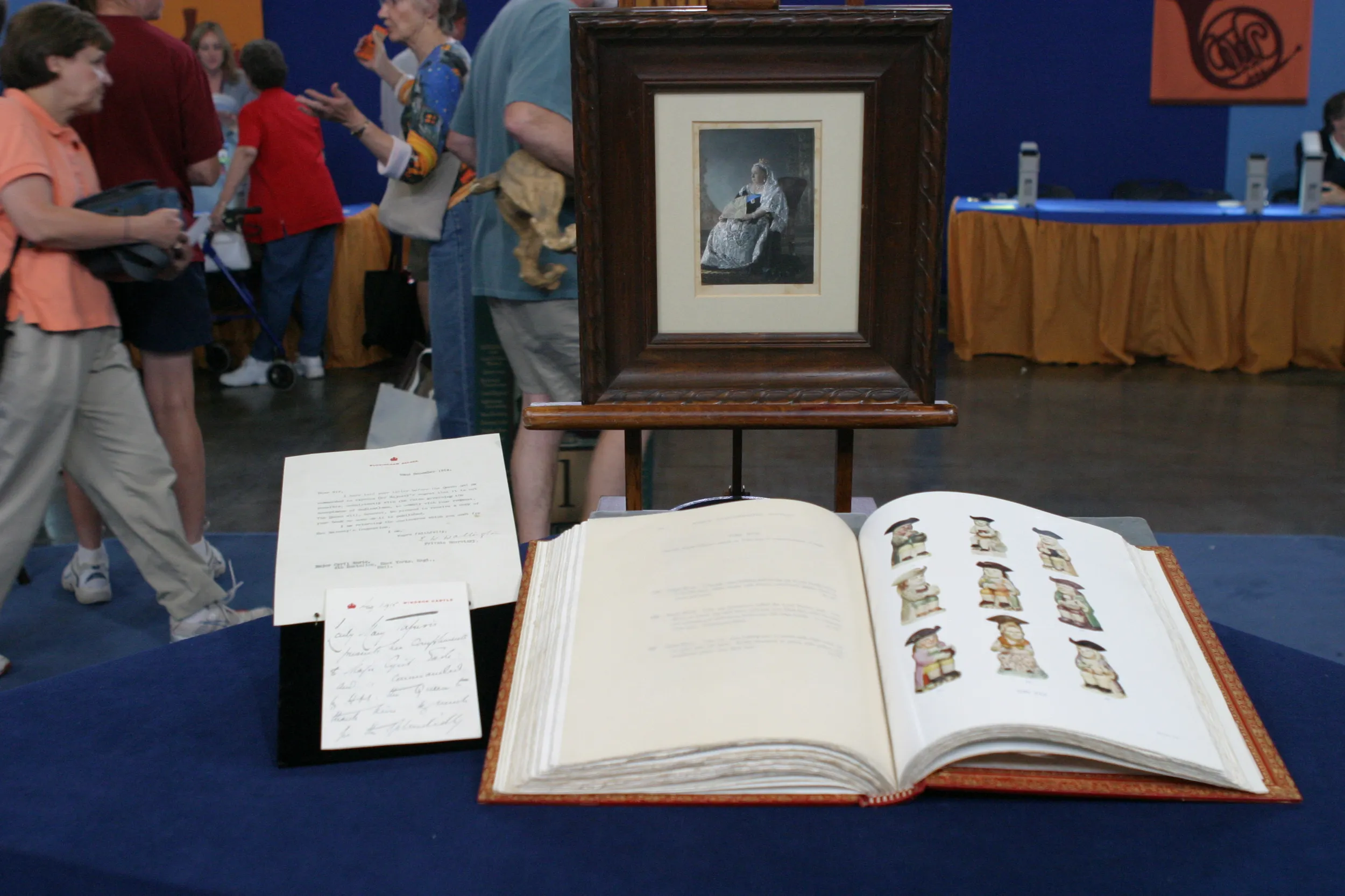GUEST: All of these came from my father, who was in the old- and rare-book business. The one closest to you was in the family, I think, forever. We remember it as, as children, just having it hang up on the wall. The one in the center, uh, I was with my father when we were rummaging around in a rural bookstore and just came upon it and said, "Oh, look, here's a Rembrandt engraving," and he dickered with the man and bought it. The one closest to me, I don't really know very much about it, other than it sort of was always in the family.
APPRAISER: Well, starting with this one, it's an Albrecht D¸rer.
GUEST: Yes.
APPRAISER: It is one of his three master prints that he made in 1514. It's St. Jerome in his study. And right here, you see his monogram, "A.D.," and the date, 1514. This is a wonderful early printing. D¸rer's prints were all rated by his cataloguer, Joseph Mader, in the early 20th century. This particular subject is known in impressions "A" through "F." What you have here is a Mader "A" impression. So it's the best impression that you could find. The print in the center is a beautiful portrait by Rembrandt of Jan Six. It's an etching dating from 1647. It's a very scarce image. The plate still survives, but the etching plate has never left the Six family. You can still actually see the plate if you go to Amsterdam and visit the museum-- it's open by appointment-- and have a look at it. It is not an early impression, but very few impressions were printed posthumously. And the print closest to you is a portrait of Jan Lutma, the goldsmith, a friend of Rembrandt's in Amsterdam. This is not, again, an early impression. It's a very good printing. It would date, however, from the late 18th century and was most likely published by Basan in Paris, who put together a whole collection of Rembrandt's plates and issued them in a volume. Do you remember the purchase prices with your father?
GUEST: The one in the center, I remember, I think Dad paid $200 for. And the others, no, I have no idea what the purchase price was.
APPRAISER: Okay, let's start with the D¸rer here, closest to me. There is some slight damage that has been expertly repaired right here in the center of the print. It doesn't really affect its value. The last impression of this came up at auction two years ago. It sold for $22,000, and it was a Mader "F" impression.
GUEST: Okay.
APPRAISER: Basically, the latest Mader impression that you could have, this being the earliest.
GUEST: Mm-hmm.
APPRAISER: At auction now, this would bring approximately $40,000.
GUEST: Okay.
APPRAISER: The last impression of the Jan Six print came up four years ago at auction. Very much like this, it was a later impression. It sold for $38,000. Rembrandt's prices in that time have gone up, even in four years, astronomically. Today, this would bring approximately $50,000 at auction. And now the later impression of the Lutma portrait, closest to you, would bring about $5,000 today at auction. So altogether, you have about $95,000 worth of prints at auctions.
GUEST: (chuckles): Thank you very much. I, I'm astonished. I'm... amazed. (laughs) What can I say?












